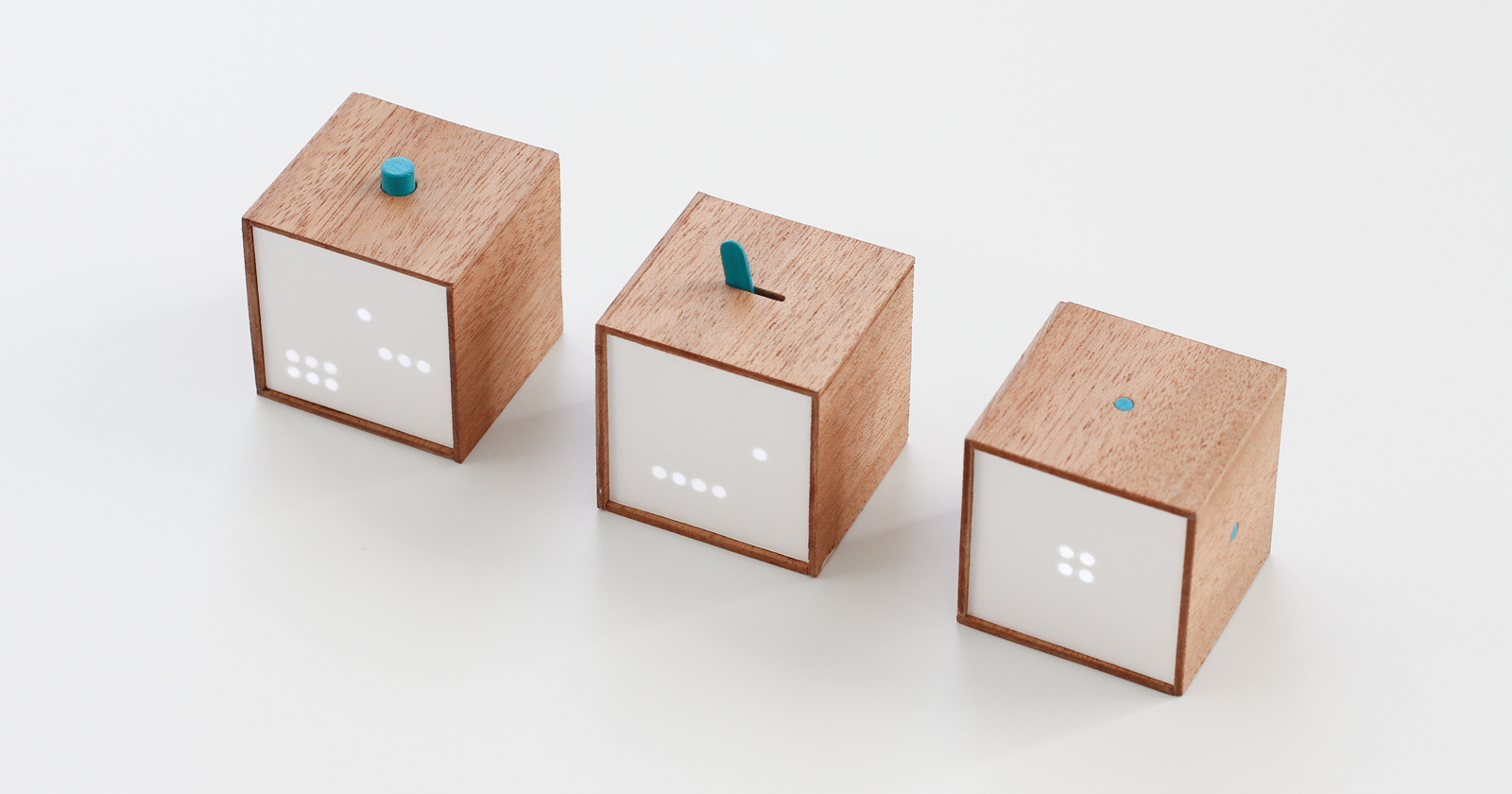
Slow Games
OBJECTS | 2014
Slow Games are physical video games with a very low frequency of interaction: one move a day.
The games are based on classic video games (Mario, Pong, etc). By reducing the feedback loop to a frequency of a day, the games take a new perspective and the skills required to make progress are radically different. While traditional video games require good hand-eye coordination and concentration, Slow Games challenge our memory, capacity of observation and patience.
Slow Games are ambient video game consoles, meant to blend into the home environment.
There are three different consoles, each with a different type of input:
A button: similar to the 'jump button' on platform games, the button is sensitive to the amount of time it's pressed. The player will only be able to see the effect of his action the following day, leading to a unusual motor learning process.
Orientation: the player can control the direction of elements in the display by changing the orientation of the console.
A toggle switch: suitable for games that require moves to the left or right.

I'm using Slow Games as a platform to experiment with low pace, long lasting gameplays, and explore game mechanics that keep players engaged throughout weeks of play with simple rule variations. As an example, the Slow version of Pong starts with the ball moving at a speed of 1 (fig. 1) but increases by 1 unit every time the ball hits the paddle. A few days into the game, the player has to predict the path of the ball which will bounce multiple times in one move (one day), requiring her to set the paddle in a specific position in order to cover all the hit spots (fig. 2).

Additional pictures of the prototypes here.
___
This project is part of a larger piece of research - a series of personal objects that reflect on how we use technology today. Slow Games started as an exploration on the topic of Immediacy - the fast reaction we demand of technology in respond to our requests, and the consequent fast pace technology instills in us. Video games seemed to be an ideal medium, being a field where reaction time is typically critical, both for the technology and the player.